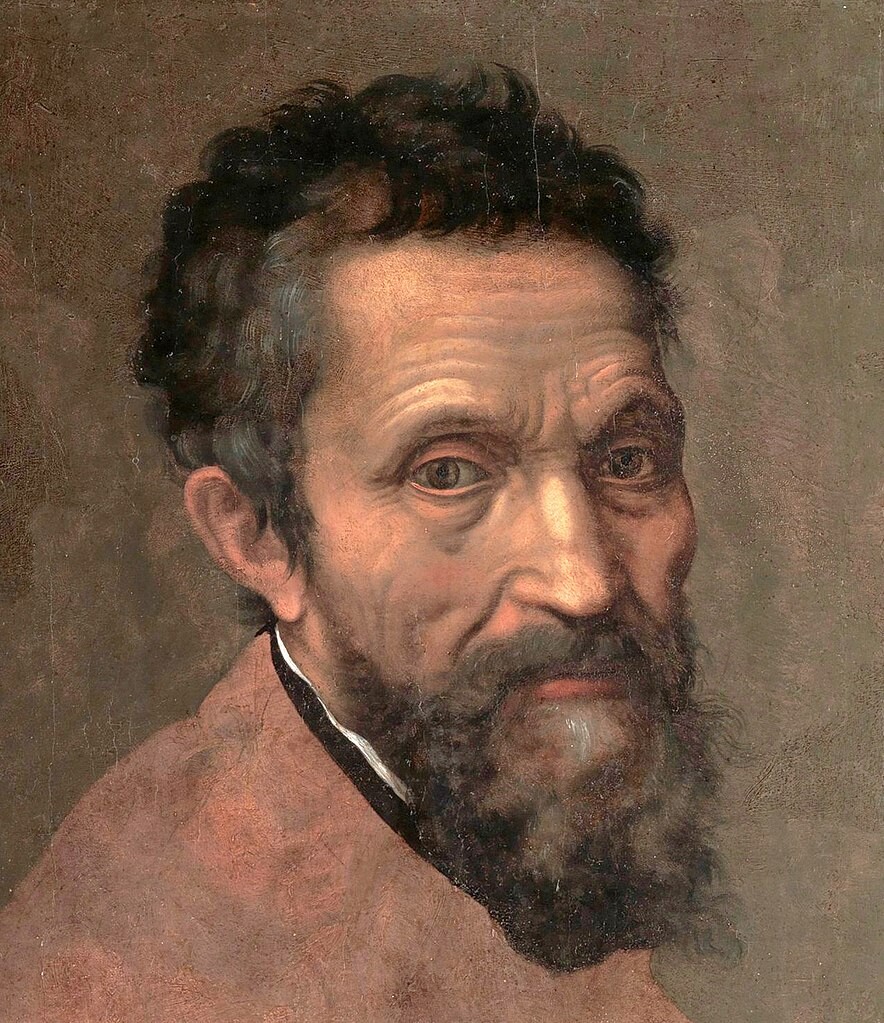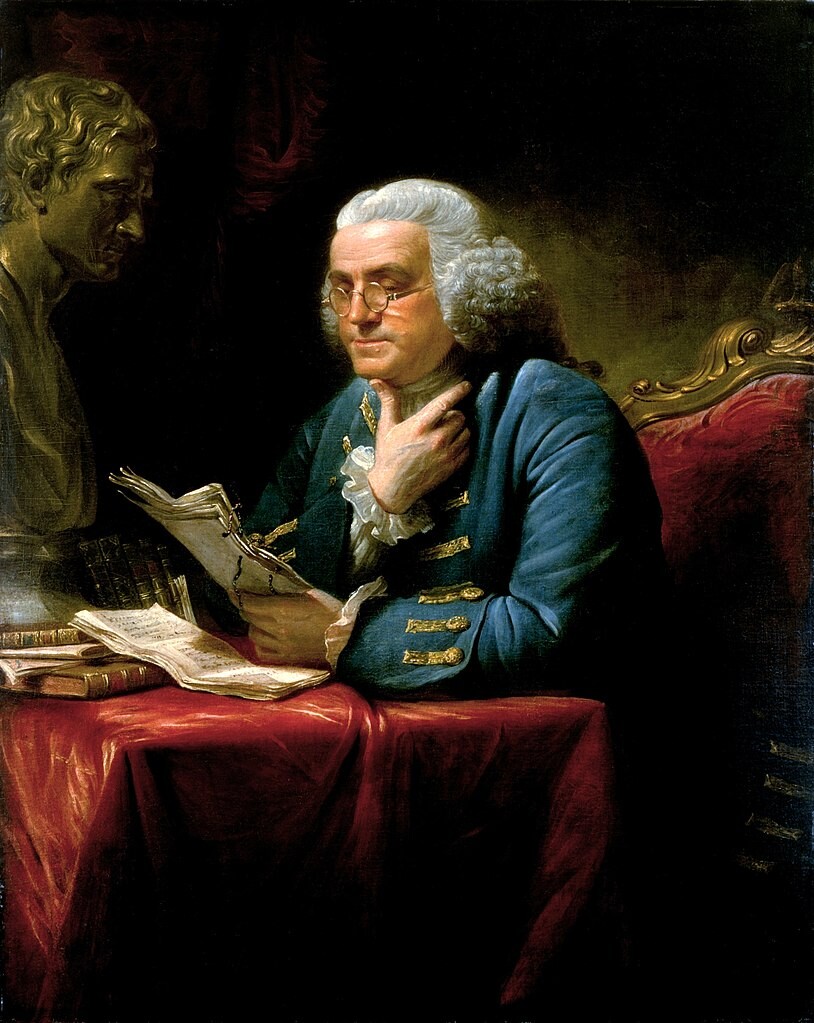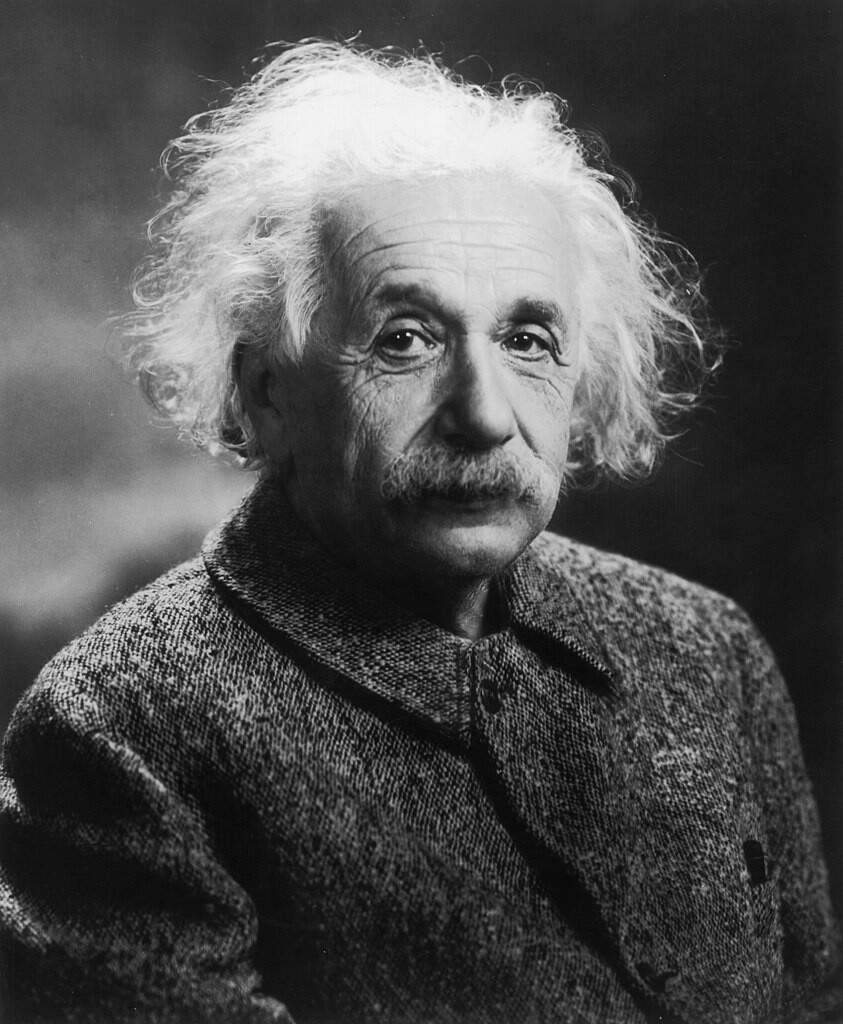The Grossest, Weirdest Things Done By Brilliant People

It seems to pop up, both in practice and in legend, that to be a real, dyed-in-the-wool genius, you’ve got to be a deeply weird guy. You can speculate how the best brains the world’s ever known might come at the cost of some unexpected wiring, or maybe that they were just truly living on a different plane of existence. All I know is that, more often than not, the people who end up pioneering an invention, theory or piece of art that changes the world tend to be doing some highly strange shit behind closed doors and/or curtains.
Sometimes they’re just harmlessly quirky, like composer Igor Stravinsky deciding that headstands are an ideal thinking position. Sometimes, they’re just clearly undiagnosed mental illness, like Nikola Tesla’s apparent deep need for exactly 18 napkins at mealtime and obsession with the number three. Some habits, though, are a little harder to stomach. They’re less unusual and more straight up disgusting.
Sir Isaac Newton and Eye Needles

If you’re a horror movie director looking for a quick way to make the viewing audience squirm in their seats, you can follow an adage that applies equally well for self-defense: Go for the eyes. Our beloved squishy little ovoids are as fragile as they are important to us, which might explain why we’re so deeply protective of them. Some people even have difficulty putting in contact lenses because of the eye-touching involved.
One guy who had a whole lot fewer hang-ups about socket exploration was Sir Isaac Newton — demonstrated in remarkable clarity by his willingness to shove a bodkin, a long, dull sewing needle, into the side of his eye, between socket and sphere, and, well, see what happened. He worked that long needle like a nasty gondolier navigating the canals of Venice and recorded that it caused colorful spots in his vision. Personally, I can’t think of many things I’d want to watch someone do less.
Michelangelo’s Hygiene

For an artist so renowned for his mastery of the human body, exemplified by his masterwork David, Michelangelo sure had a lot less respect for his own meat. Perhaps amplified by the obsessive nature of his work and his general disdain for socialization, one sculptural form that Michelangelo apparently truly despised was the bathtub. If you’re considered to be stinky by the population around the year 1500, rest assured, the man was soundly rank.
His poor hygiene crossed over from issues of stink into issues of safety as well. Records by his biographers make specific mention of his feet, which apparently would make a ballerina’s look like a pedicure brochure. Because of Michelangelo’s lack of bathing and changing clothes, Ascanio Condivi notes that his boots would end up fusing with his legs, and that when he finally let the puppies breathe, he “sloughed off his skin, like a snake’s.”
Glad he didn’t model David’s feet on his own, I guess.
Benjamin Franklin’s Air Baths

Famous inventor and polymath Benjamin Franklin is the subject of a huge amount of academic discussion and fascination, but that fascination has rarely extended to “I wonder what that man looks like naked.” If you were alive during his time, though, that would have been a pretty easy question to answer. Franklin, like Michelangelo, was not a big fan of bathing. Well, at least bathing in the traditional, and effective, sense.
Franklin instead took what he called “air baths,” which is a lovely way to describe that in the morning, he would pop open his windows and spend 30 minutes to an hour totally nude, letting the gentle wind air out all his bits. I mean, it’ll stop your legs from molting Michelangelo style, but I don’t think it’s doing too much for you on the hygiene side. At least his windows were open.
Paracelsus’ Homunculus-to-Be

Paracelsus was a Swiss physician with plenty of legitimately massive discoveries. And just when you think he couldn’t get a name cooler than Paracelsus, he posthumously picked up the alias of the “Father of Toxicology,” which is undeniably sick (pun unavoidable). For all his legitimate science, though, Paracelsus was also a devout dabbler in the pseudoscience of alchemy. Alchemy: great for producing anime storylines, not so great for producing actual scientific results.
One of his more particular pet projects (again, pun unavoidable) was the creation of a homunculus, which is basically, well, a magical little guy. Now, for creating a new humanoid life the usual way, the formula is fairly simple: 1 part egg, 1 part sperm, let rest for 9 months. Homunculi recipes are a little grosser, and Paracelsus’ is no exception.
Let’s take a look at his instructions, which he reportedly did follow to little success: “Let the Sperm of a man by itself be putrified in a gourd glasse, sealed up, with the highest degree of putrefaction in Horse dung, for the space of forty days, or so long untill it begin to be alive, move and stir, which may easily be seen. After this time it will be something like a Man, yet transparent, and without a body. Now after this, if it be every day warily, and prudently nourished and fed with the Arcanum of Mans blood, and be for the space of forty weeks kept in a constant, equal heat of Horsedung, it will become a true, and living infant.”
“Hey, man, not to be weird, but are you dripping human blood into a little jar full of semen in a pile of horseshit over there?”
“Oh, this? It’s just a little side project I’m working on.”
Albert Einstein Ate At Least One Live Grasshopper

Albert Einstein, the mental image of the word “genius” for most, had his own share of strange habits, including hating socks and smoking half-finished cigarettes off the ground. He also, according to his chauffeur, would just sometimes eat a grasshopper. Good source of protein, I guess, but it can’t be worth the feeling of those legs kicking all the way down.